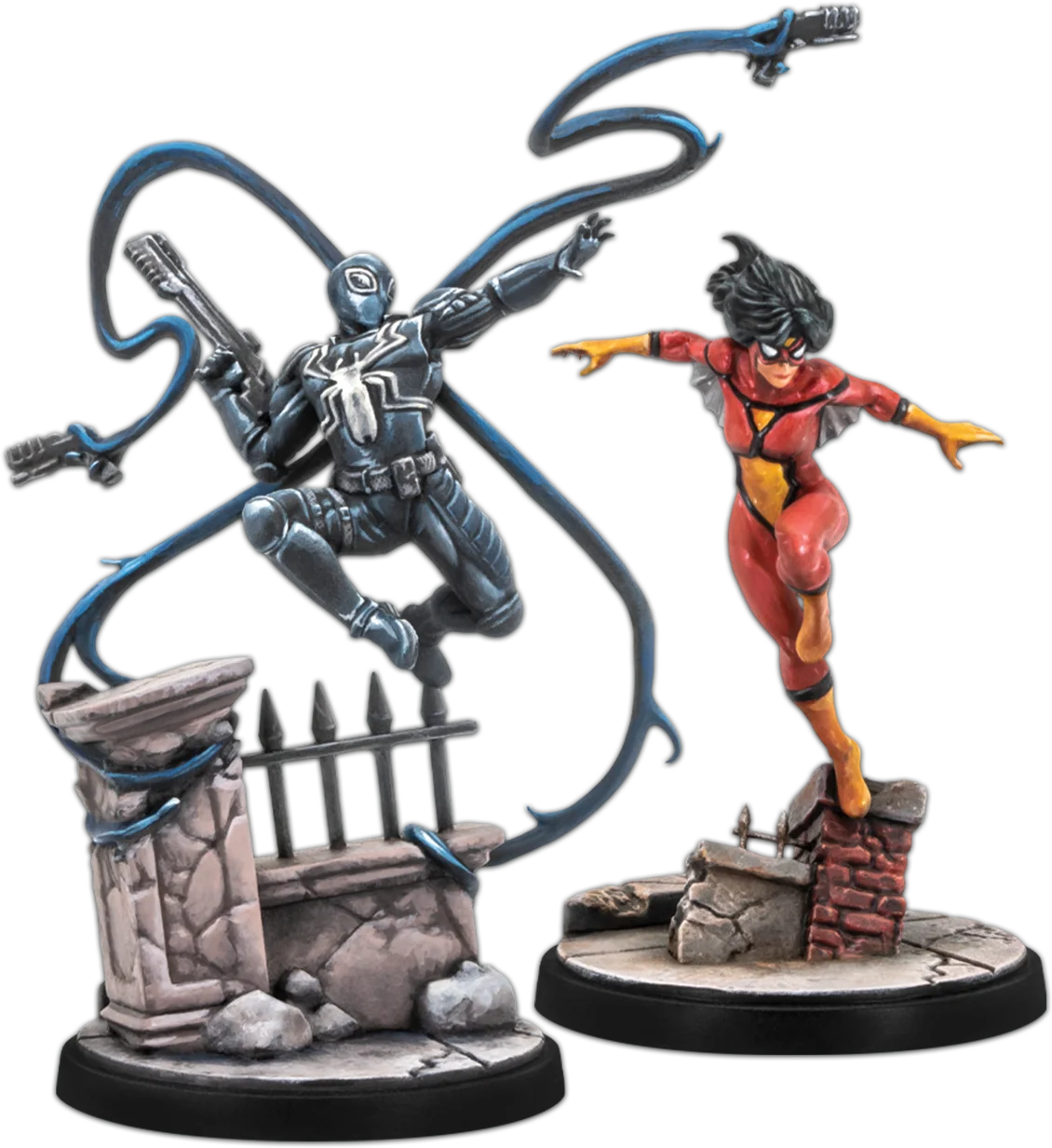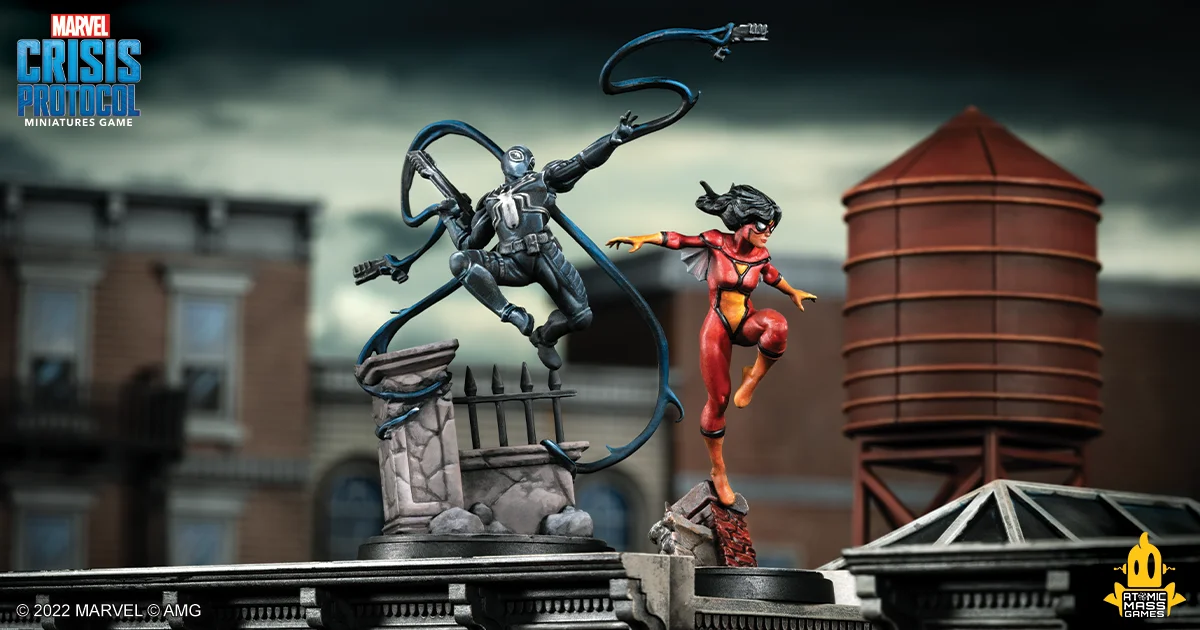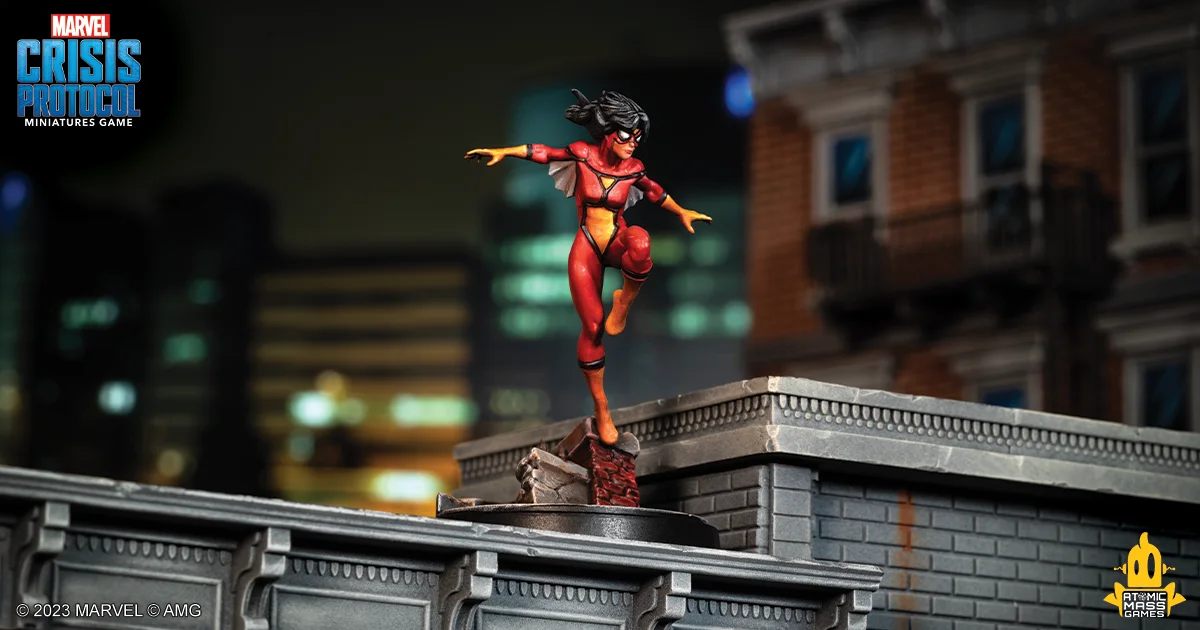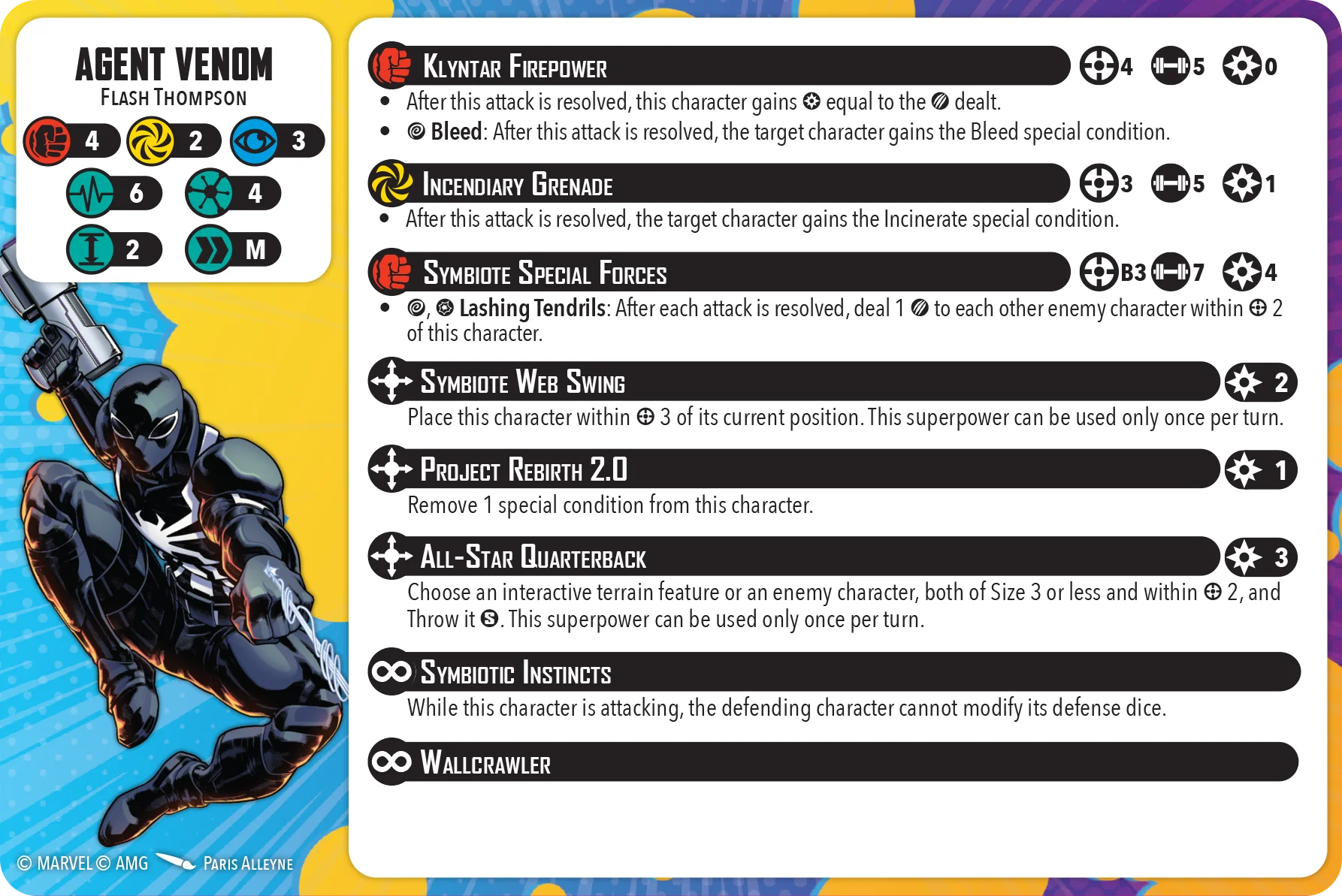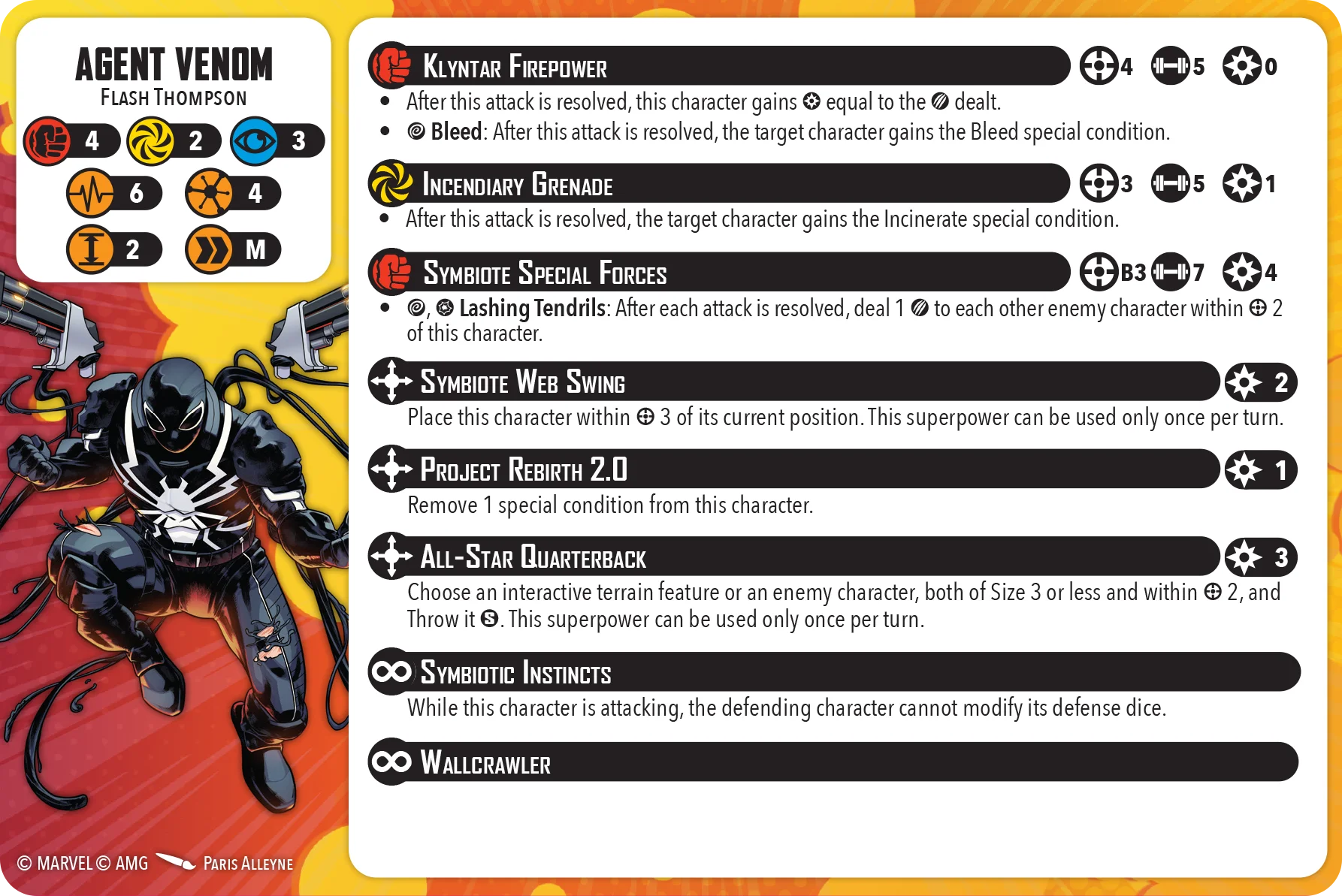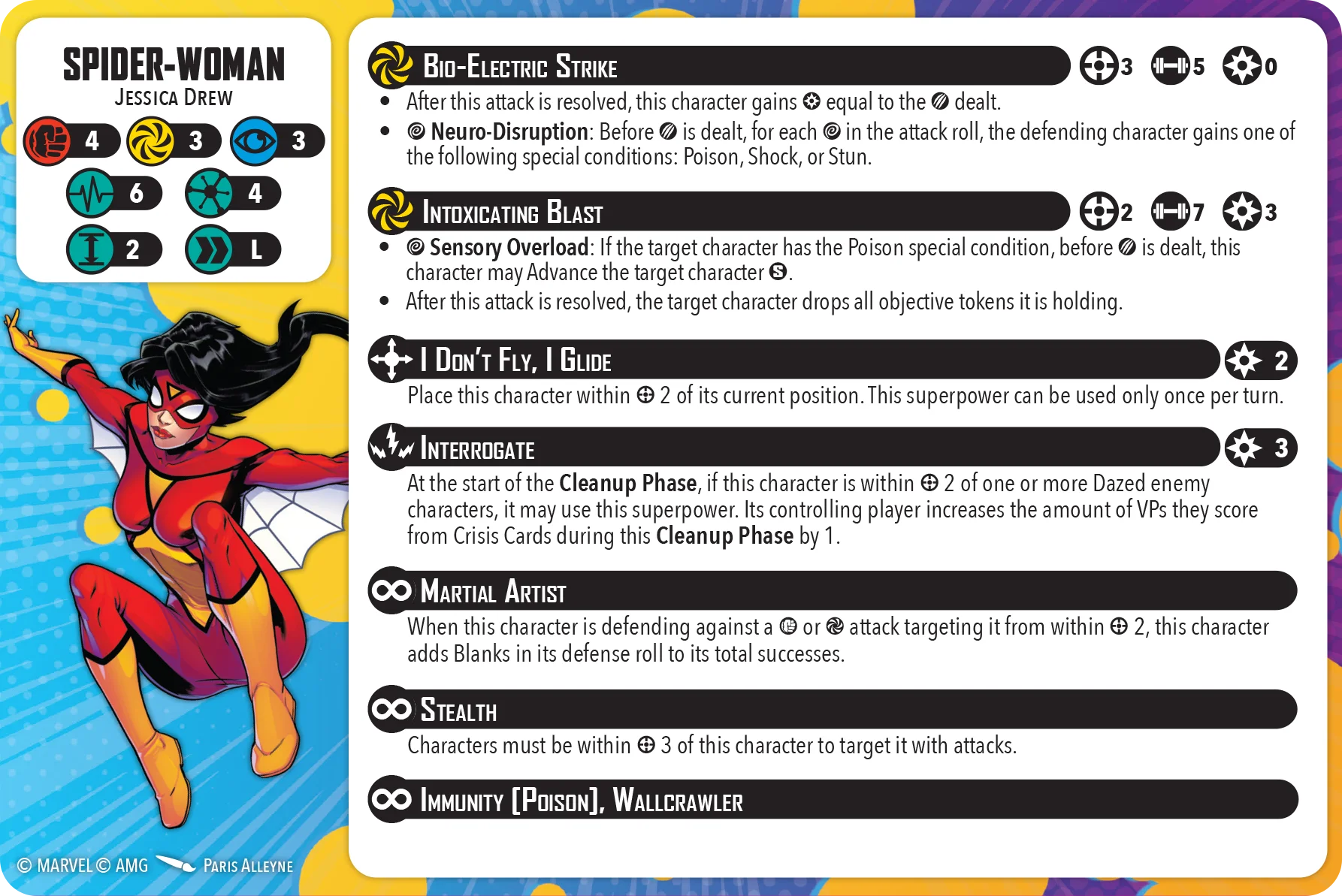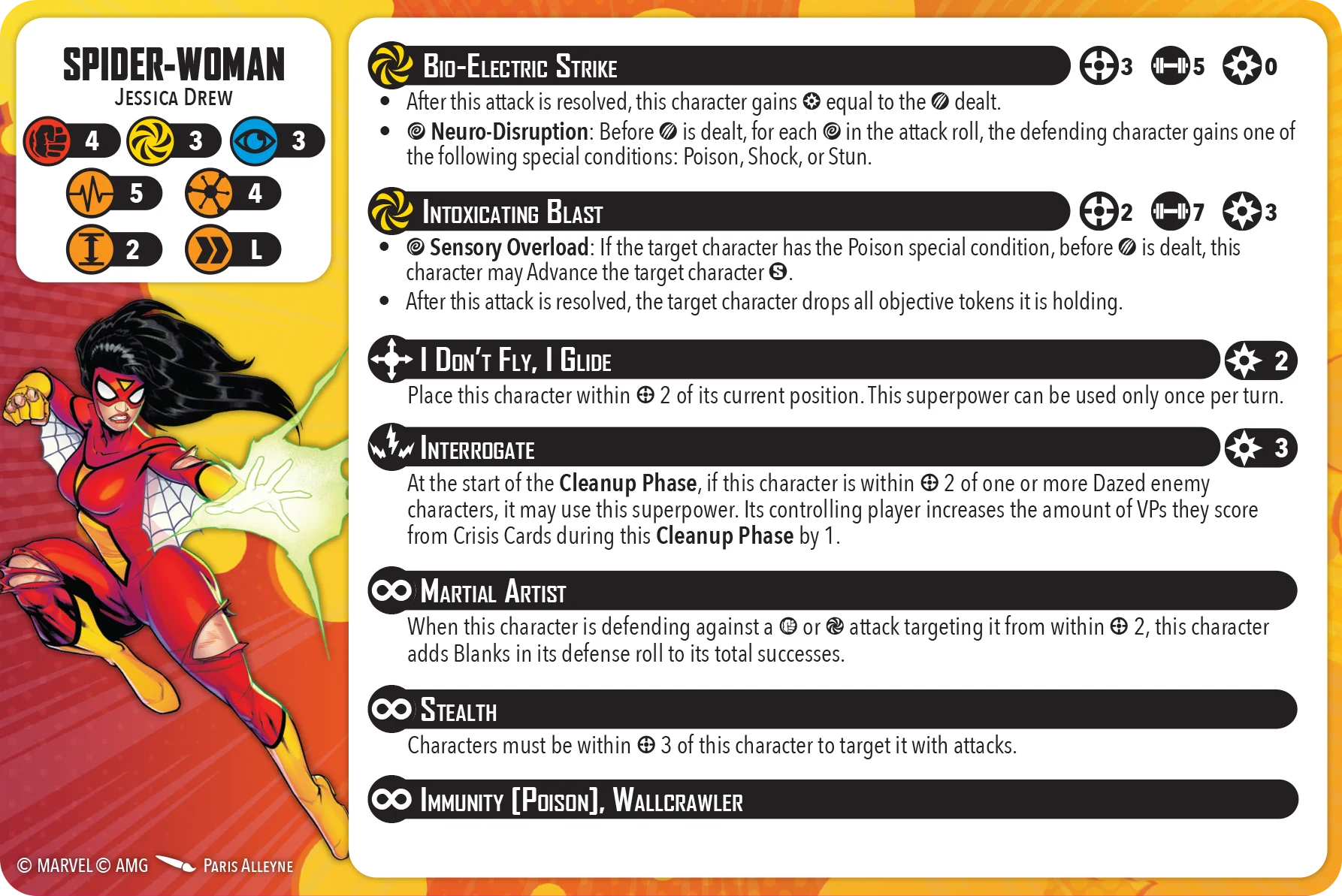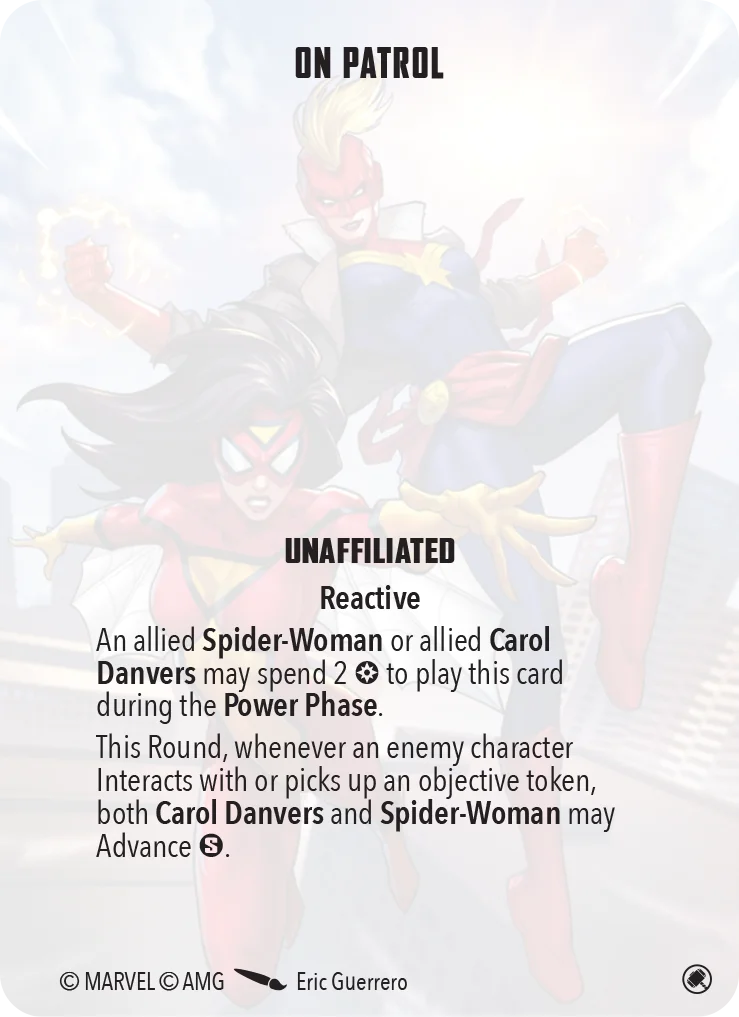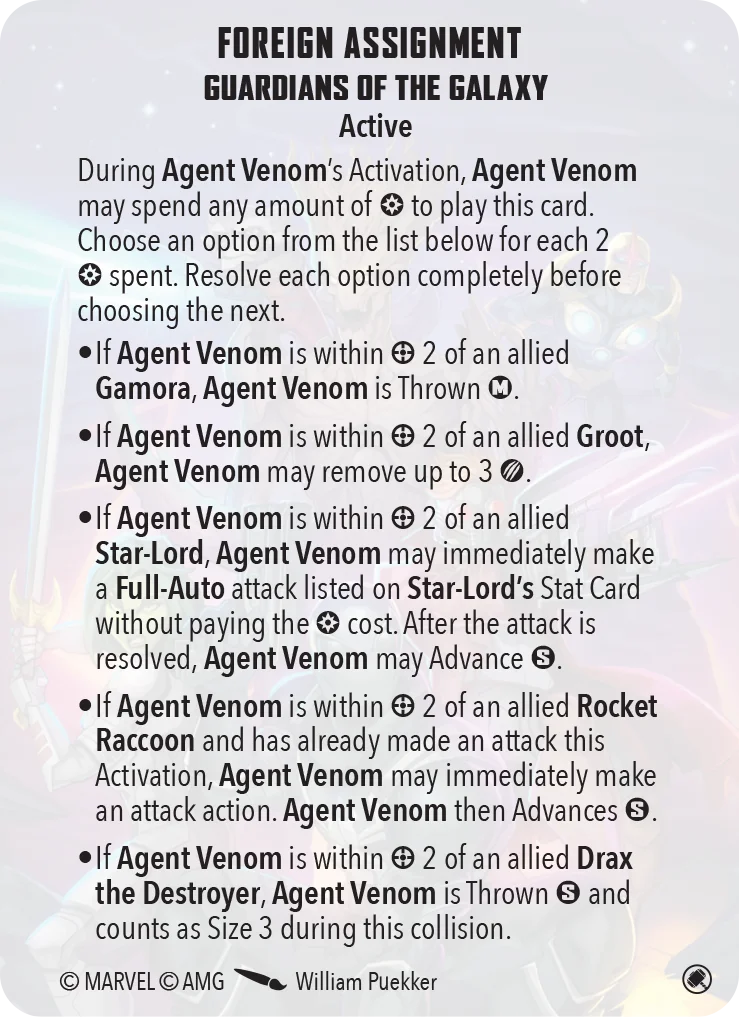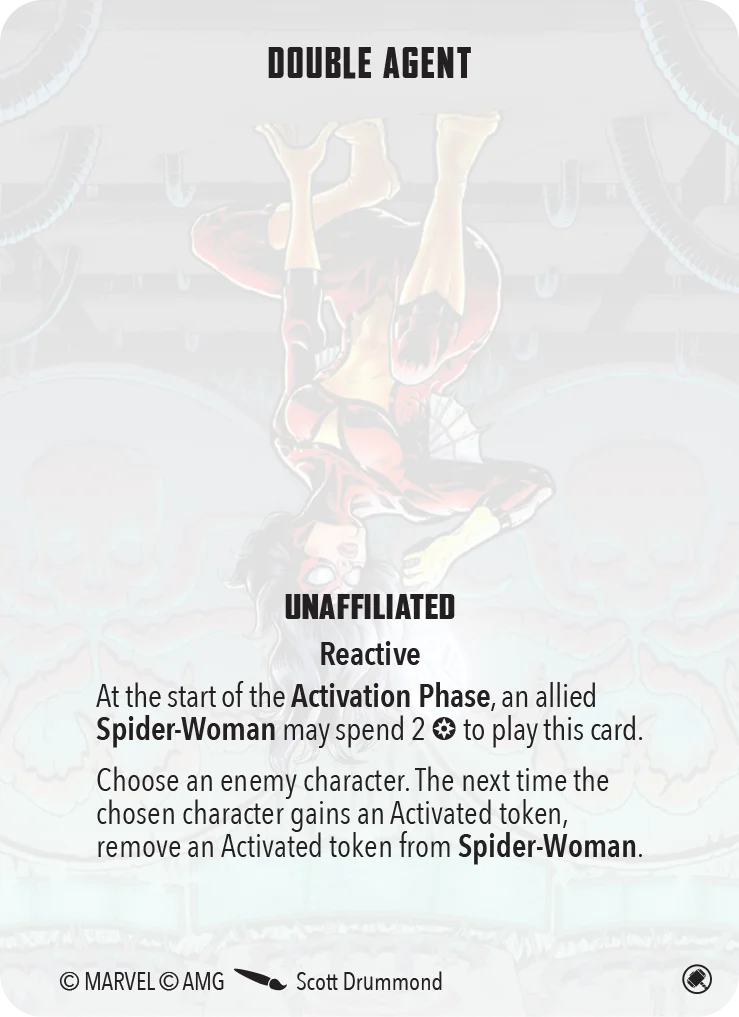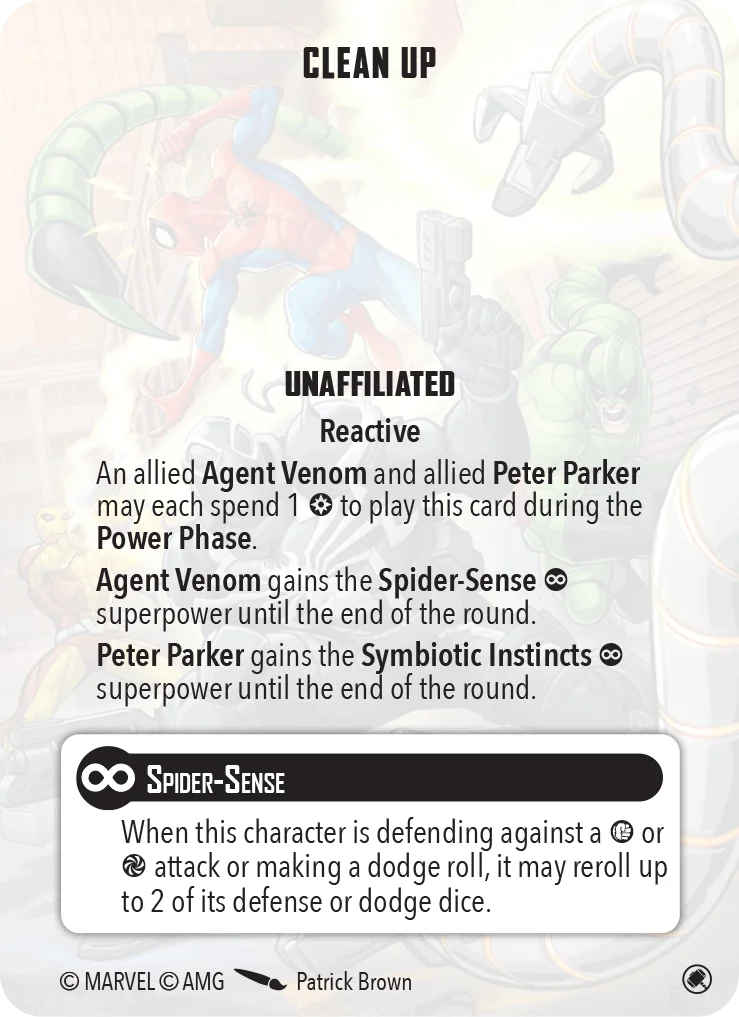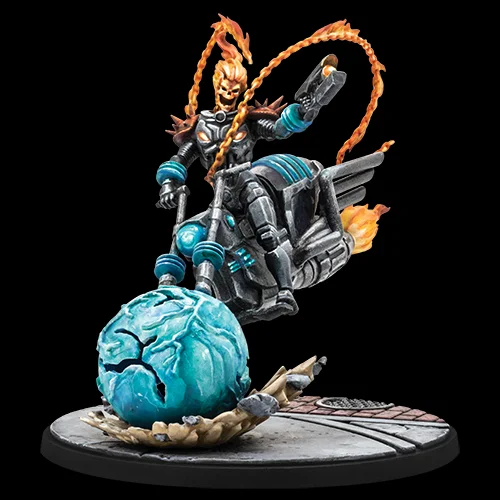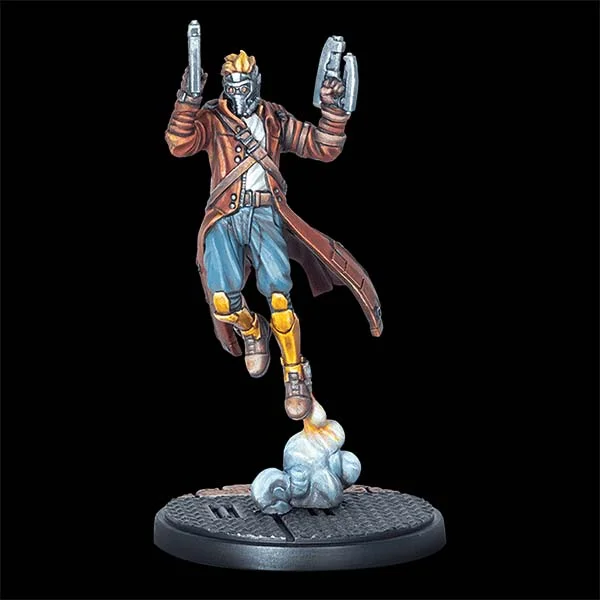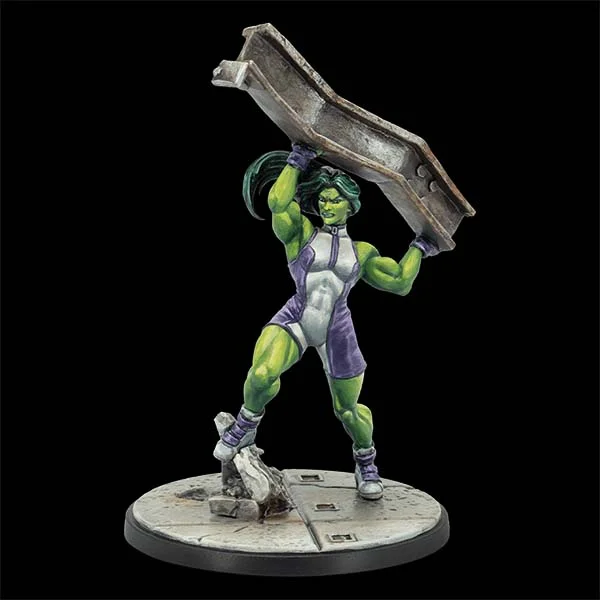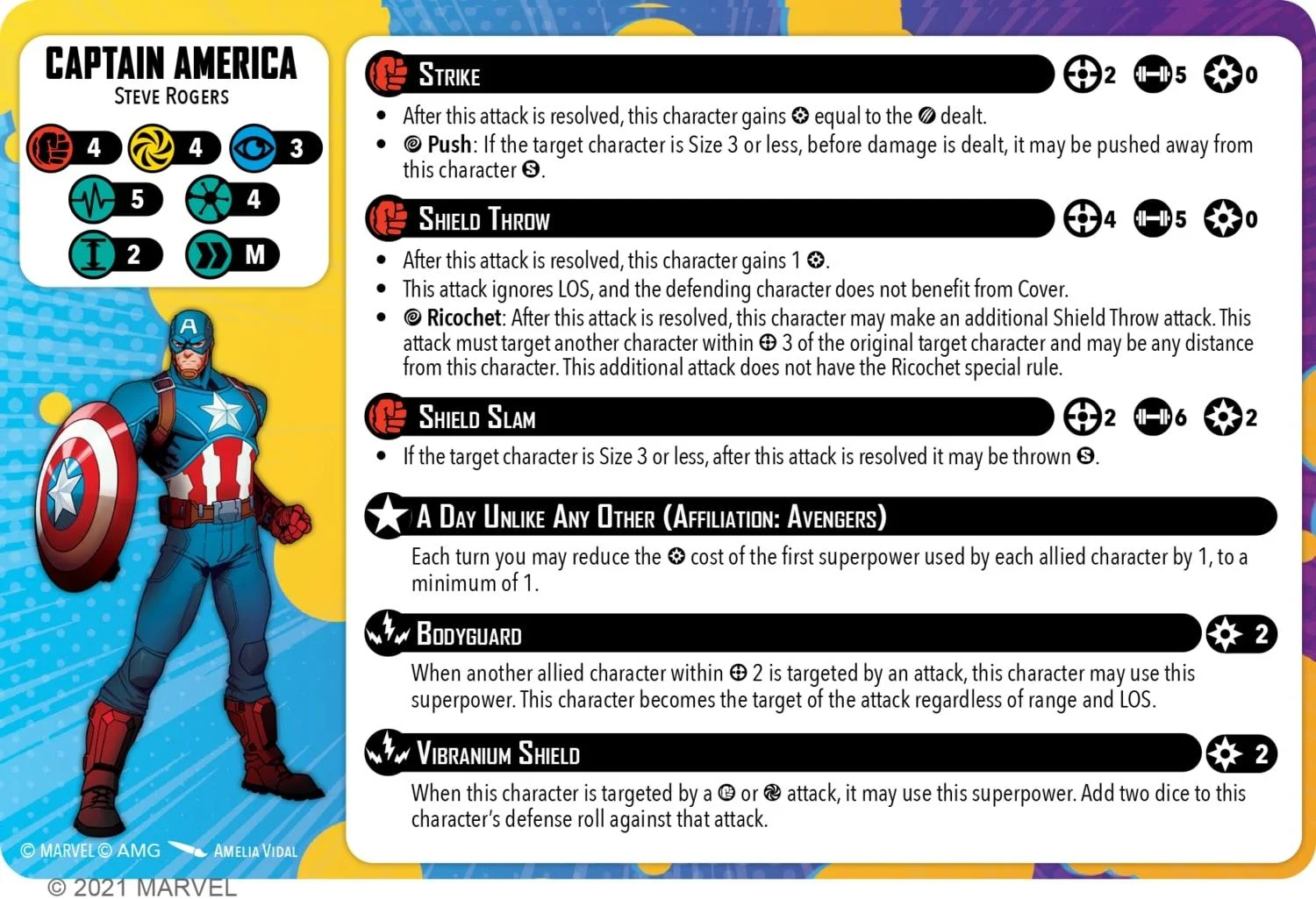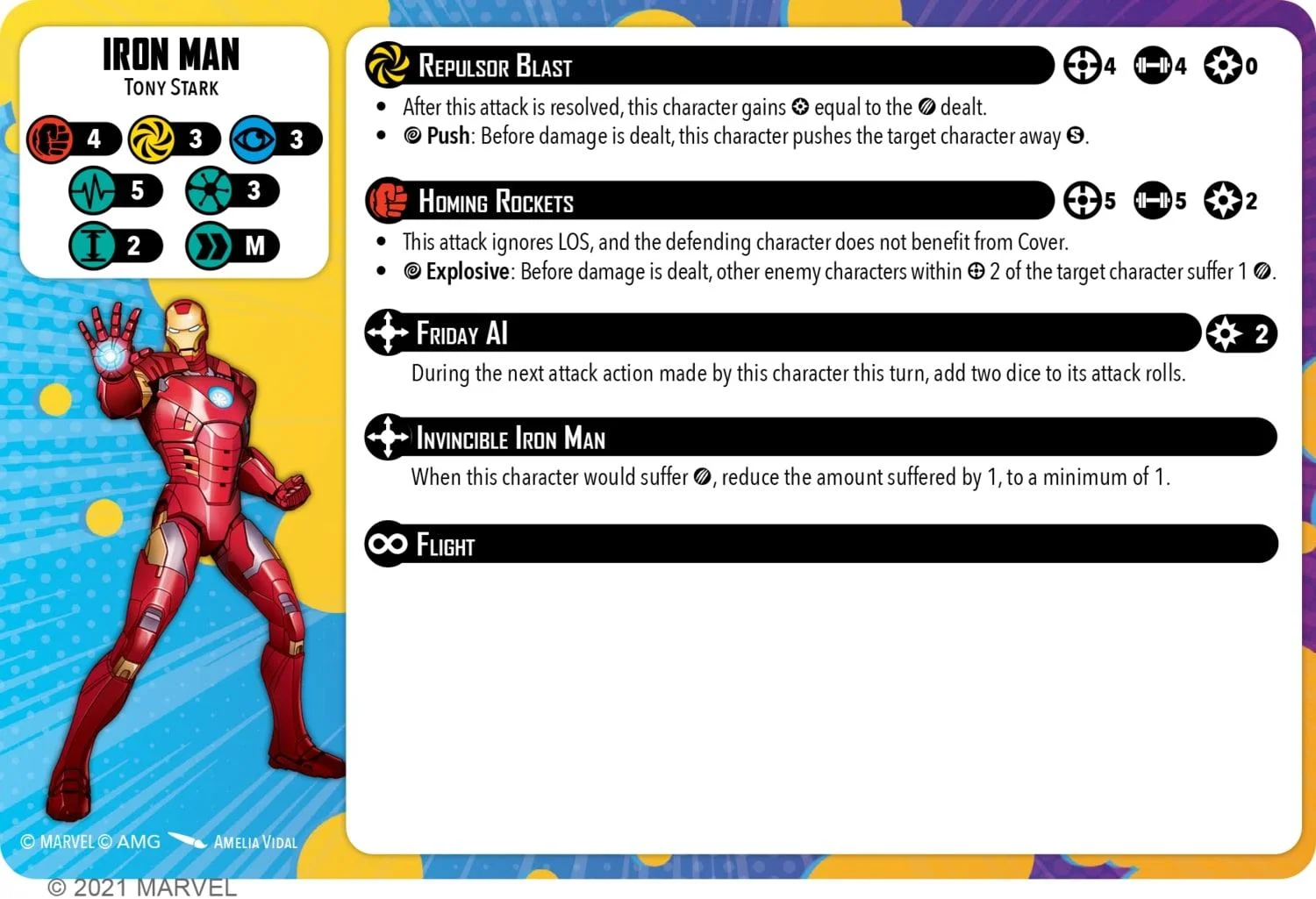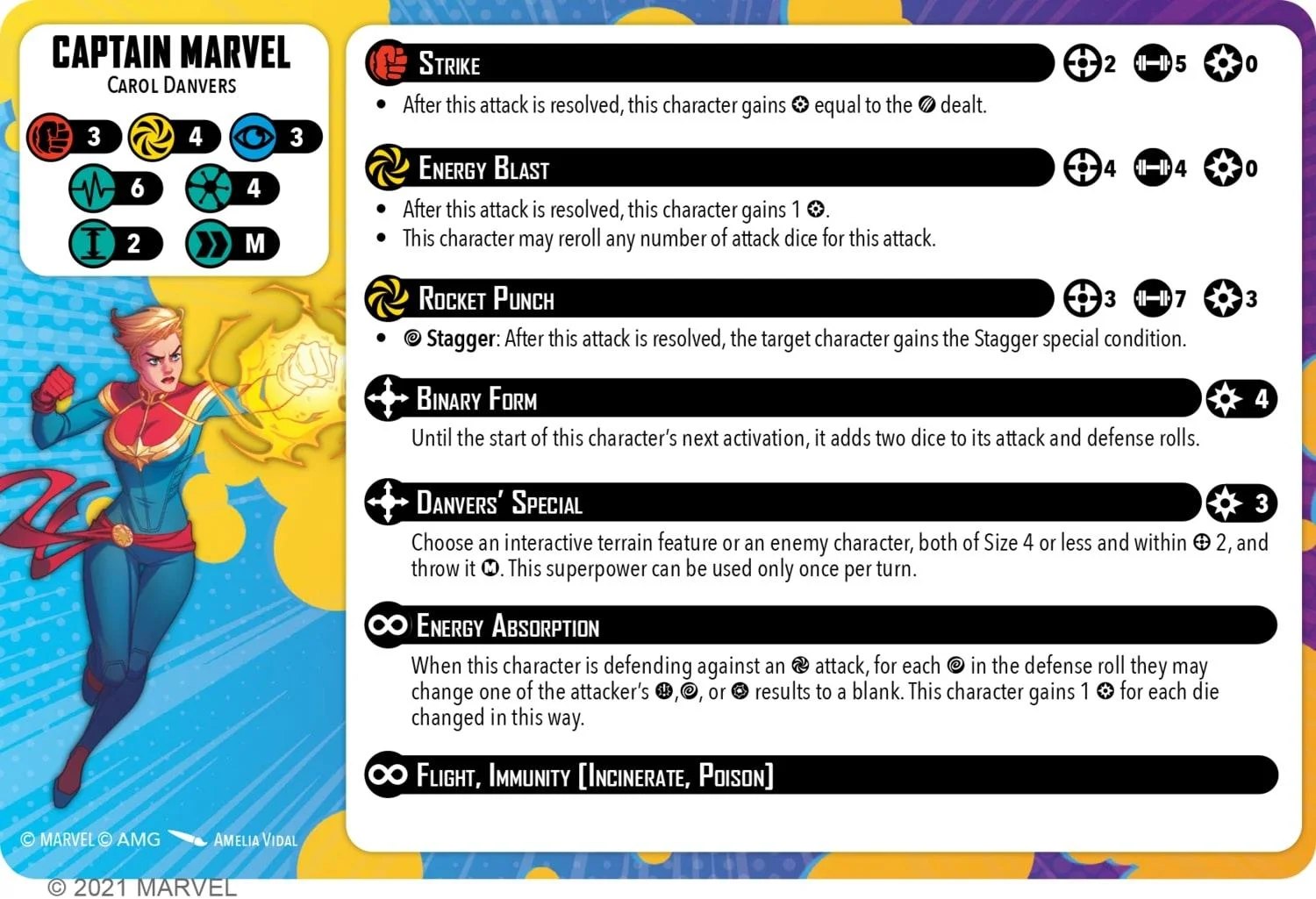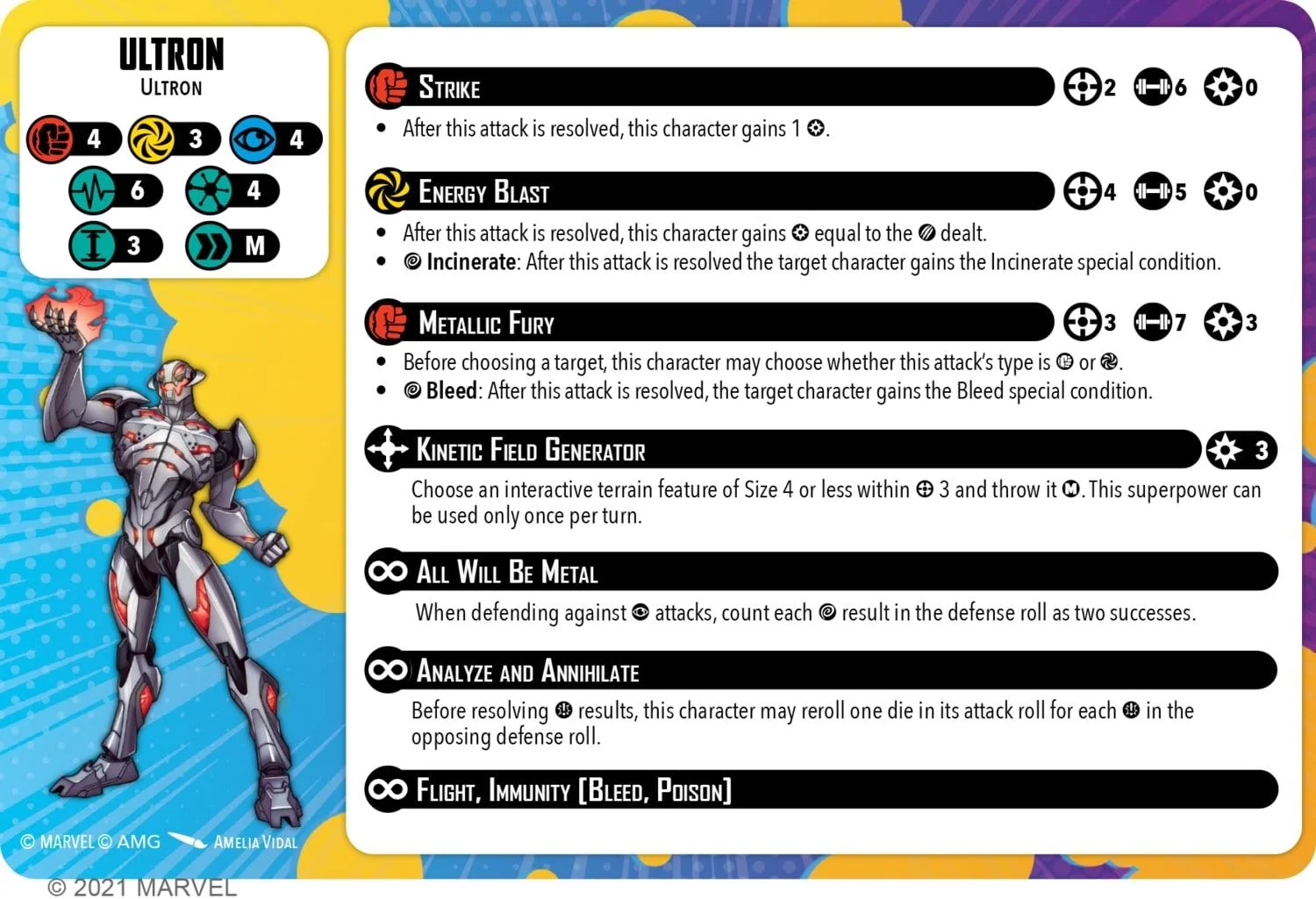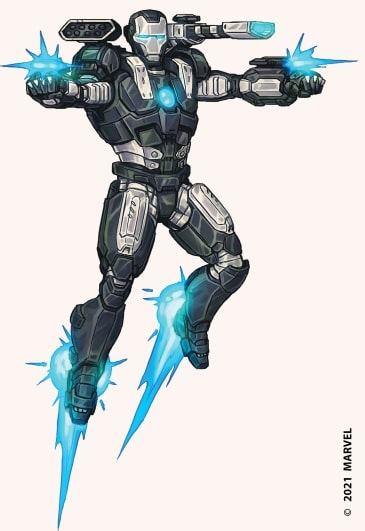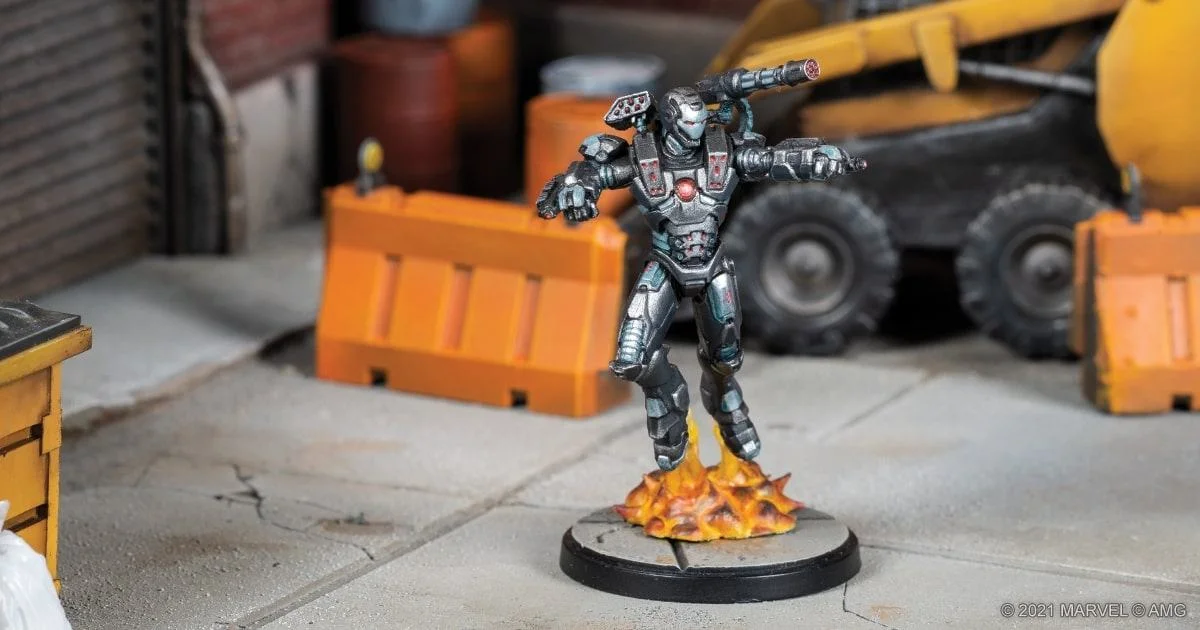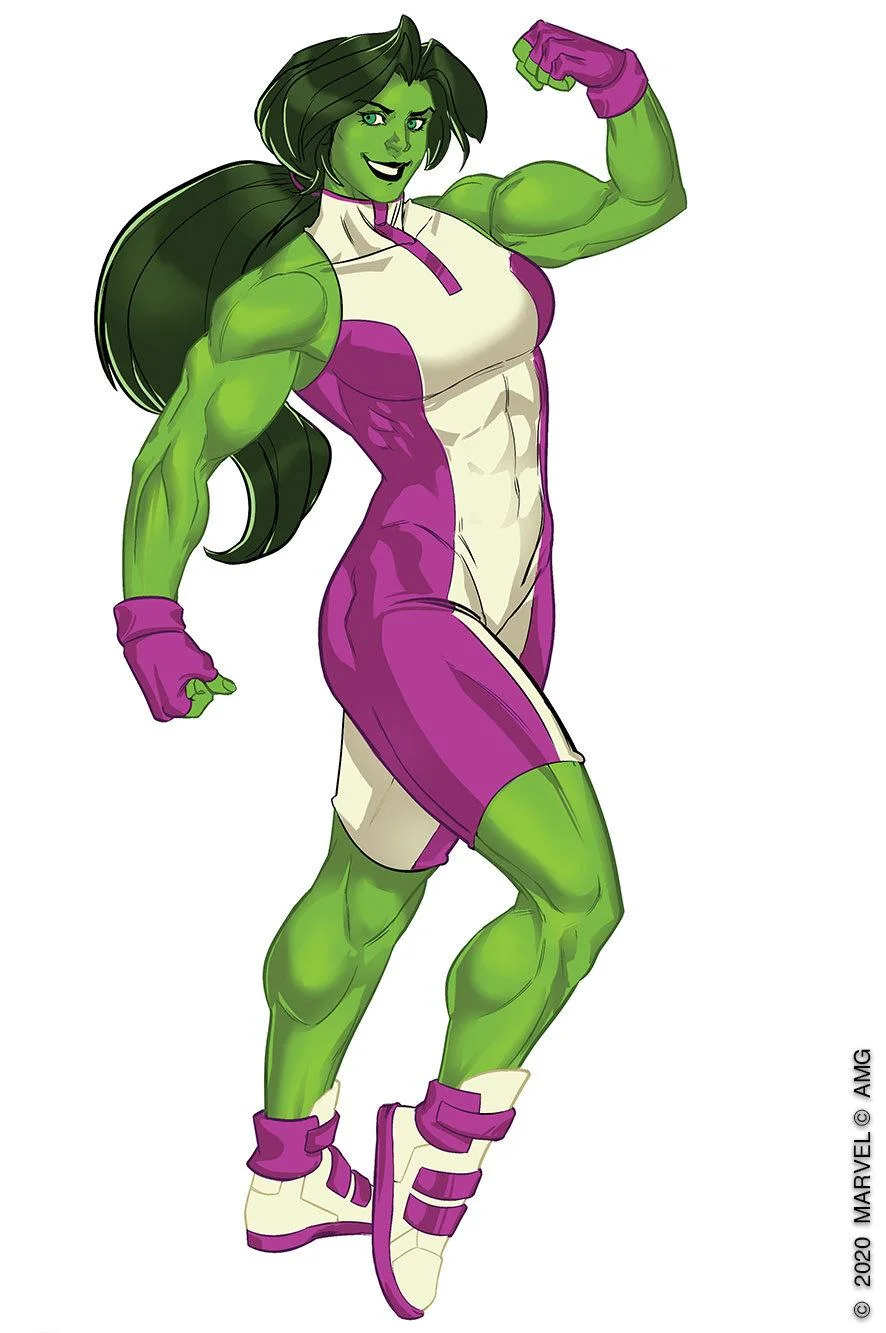CP55 Nick Fury, Jr. & S.H.I.E.L.D. Agents

Hey, you could say saving the world is the family business. This time on From Panel to Play, we’re taking a look at the coolest “junior” this side of rogue archaeology: its Agent 110911 himself, Nick Fury, Jr!
The man who would become Nick Fury, Jr. was once known as Marcus Johnson. The child of special agents Nia Jones and Nick Fury, he spent most of his life not knowing the truth of his parentage—or of the Infinity Formula that was pumping through his veins thanks to his father. After educating himself at the University of Georgia and rising through the ranks of the United States military, Johnson learned the truth of his origin during the War of the Serpent. As the Serpent plunged the world into chaos, Marcus Johnson discovered he was in fact the son of Nick Fury. He embraced his father’s legacy to join S.H.I.E.L.D. as one of its top agents, eventually rising to become the right hand of Director Maria Hill.
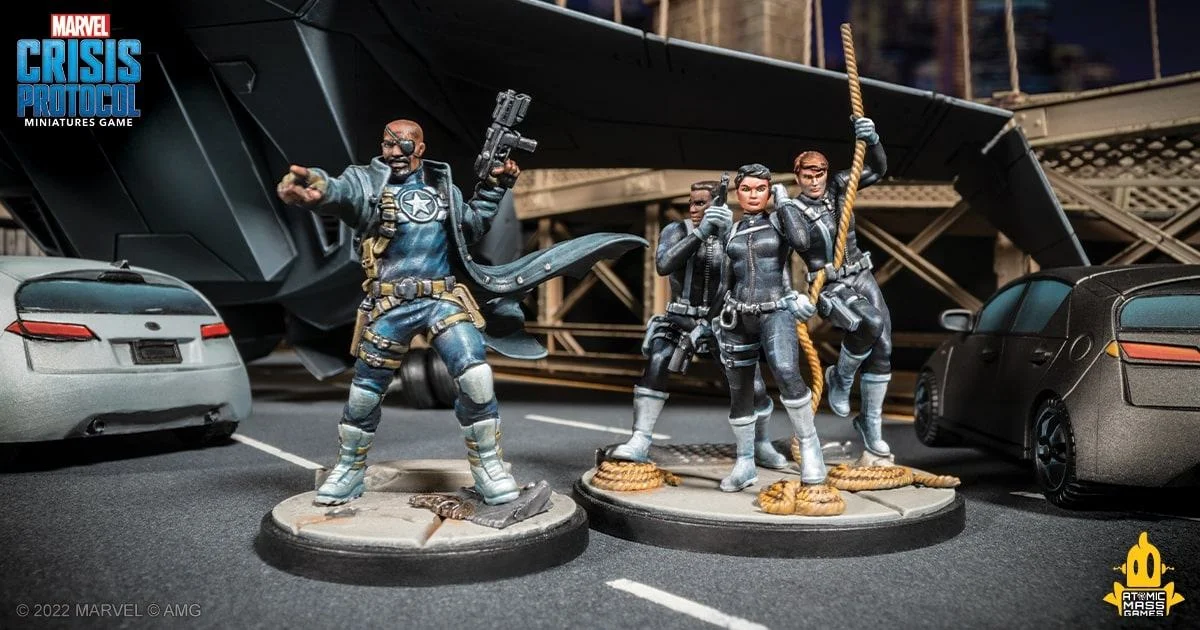
Fury doesn’t go into the field on his own, however. Fighting by his side is a crack team of S.H.I.E.L.D. agents who bring to bear the technological might of the organization. Each one of them is ready to hold the line against any megalomaniac, extraterrestrial invader, or other entity that shows its face.
Fury hits the field of Crisis Protocol as the point man of a squad of S.H.I.E.L.D. agents, but he is still a respectable package standing on his own. Fury has enough Stamina to stay on the field long enough to get the job done, which is enhanced by his decent Physical and Mystical Defense. When he needs to go on the offense, this S.H.I.E.L.D. agent brings a set of versatile Physical attacks.
Fury’s two basic attacks are the Fury Special and his Tactical Knife. Both hit at 5 Strength and have the Pierce special rule, and his knife can add the Bleed condition on his target. When Fury wants to bring down a priority target, though, he can Lead from the Front. This attack costs 3 Power to use and hits at 7 Strength. But as Fury lands his strike, he can call in for a tactical assist from a nearby allied S.H.E.I.L.D Agents character, who can make a short advance and unload on Fury’s target with a Pistol attack.
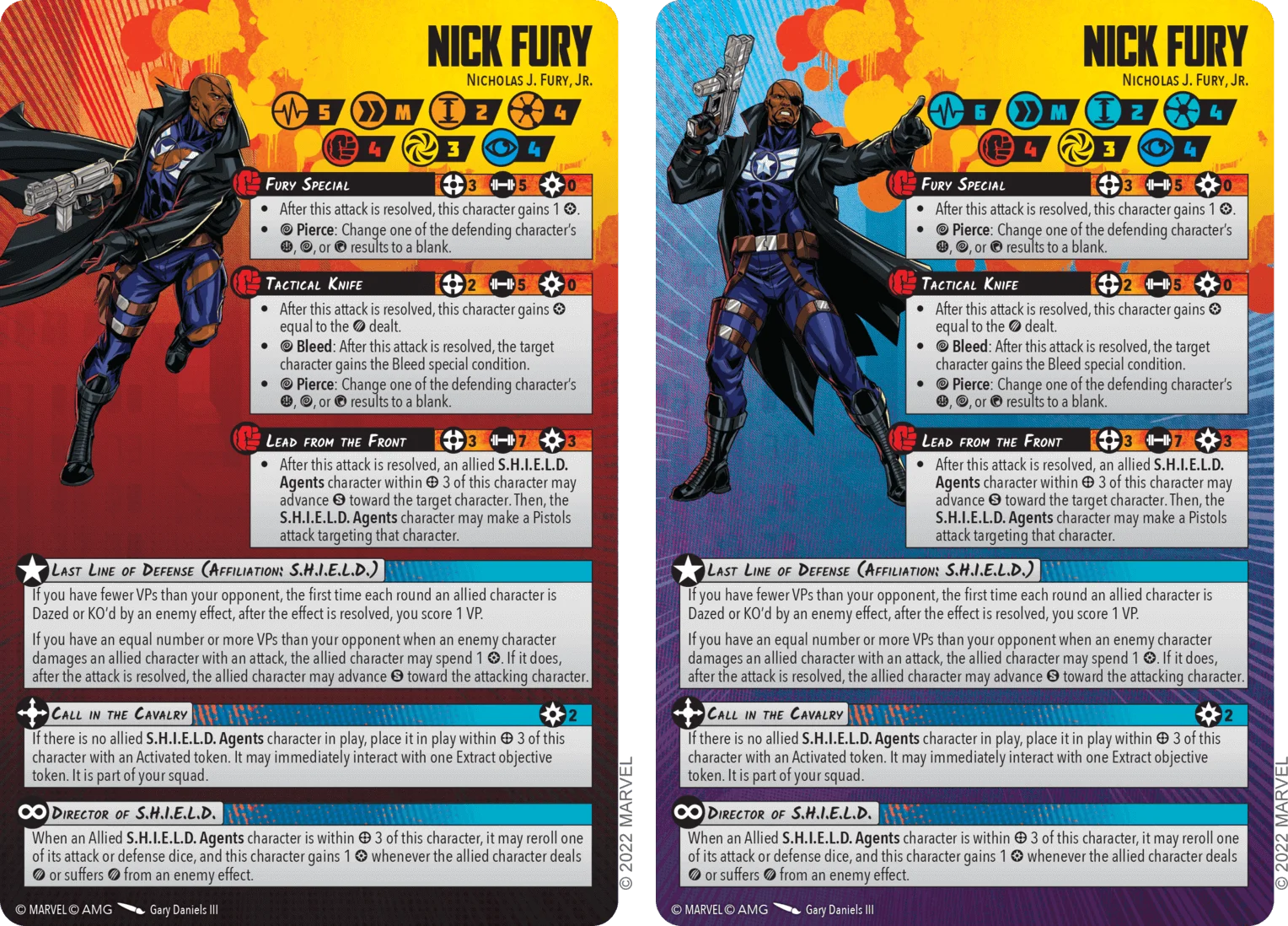
Fury is also a potent tactical piece in a crisis. His unique leadership, Last Line of Defense represents the never-say-die attitude of this extraordinary agent. Fury and S.H.I.E.L.D. never quit in the face of a threat, be it a megalomaniac with a fancy hoverboard or a literal Asgardian god bent on chaos and destruction. This leadership allows Fury’s team to score victory points the first time an allied character is dazed or KO’d each round. Additionally, if Fury’s team has equal to or greater than the opponent’s VPs, each time an allied teammate is damaged by an enemy attack they can spend 1 Power to advance toward the attacker, pressing ever forward in the face of a crisis.
Fury’s last two superpowers both interact with the S.H.I.E.L.D. Agents he brings into the field. Call in the Cavalry is a 2 Power ability that allows him to place and allied S.H.I.E.L.D. Agents onto the battlefield who can immediately interact with an Extract objective. Ziplining down from a hoverflier to pull civilians out of the hot zone is all in a day’s work for these agents! And no matter how many times they go down, there’s always another Grunt ready to pick up the mantle and carry on.
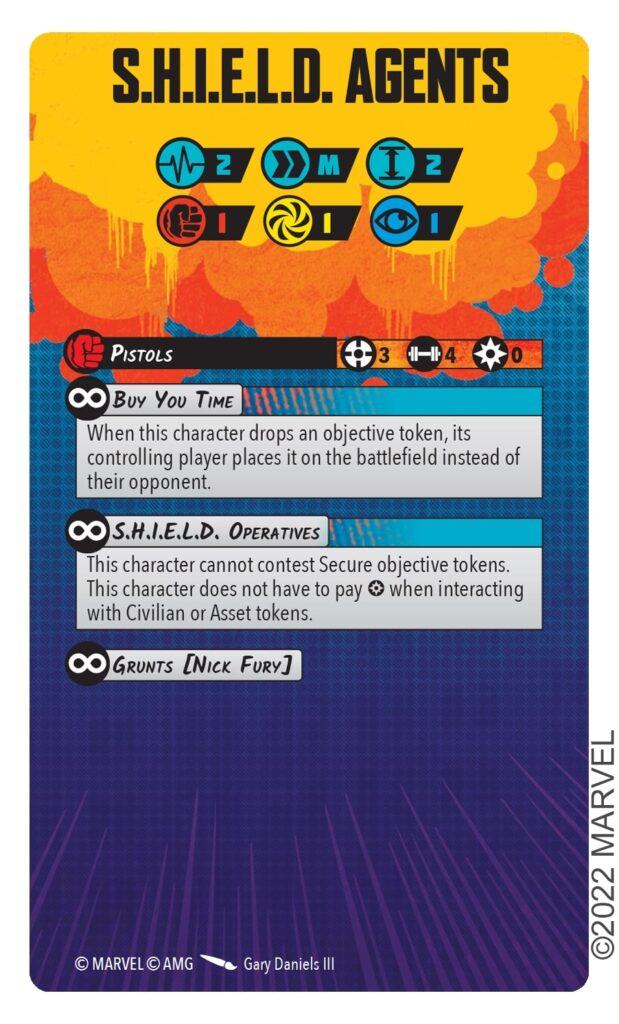
Lastly, Fury’s Director of S.H.I.E.L.D innate superpower makes the agents who follow him into the field that much better. His valiant underlings can reroll a die on attack or defense rolls when they are close enough to hear his tactical directives, and Fury himself gains Power when the Agents deal or take damage.
And what about these Agents? Well, they are a special kind of unit, a Grunt. Grunts are tied to one or more parent characters and can be brought into the field to provide support. (If you’re itching to know more about how Grunt characters work in Marvel: Crisis Protocol, you can find the details in our earlier transmission on the topic!)
S.H.I.E.L.D Agents have limited Stamina and Defense, but can make the difference in extreme situations thanks to their Buy You Time innate superpower. While the Agents can’t interact with Secure objectives, they don’t have to pay Power to interact with Civilian or Asset tokens. And like a bunch of heroes playing keep-away with a dangerous artifact, they drop an objective token, their controlling player chooses where to place it instead of their opponent. This can buy the precious time needed to get your hands on those vital Extract objectives.
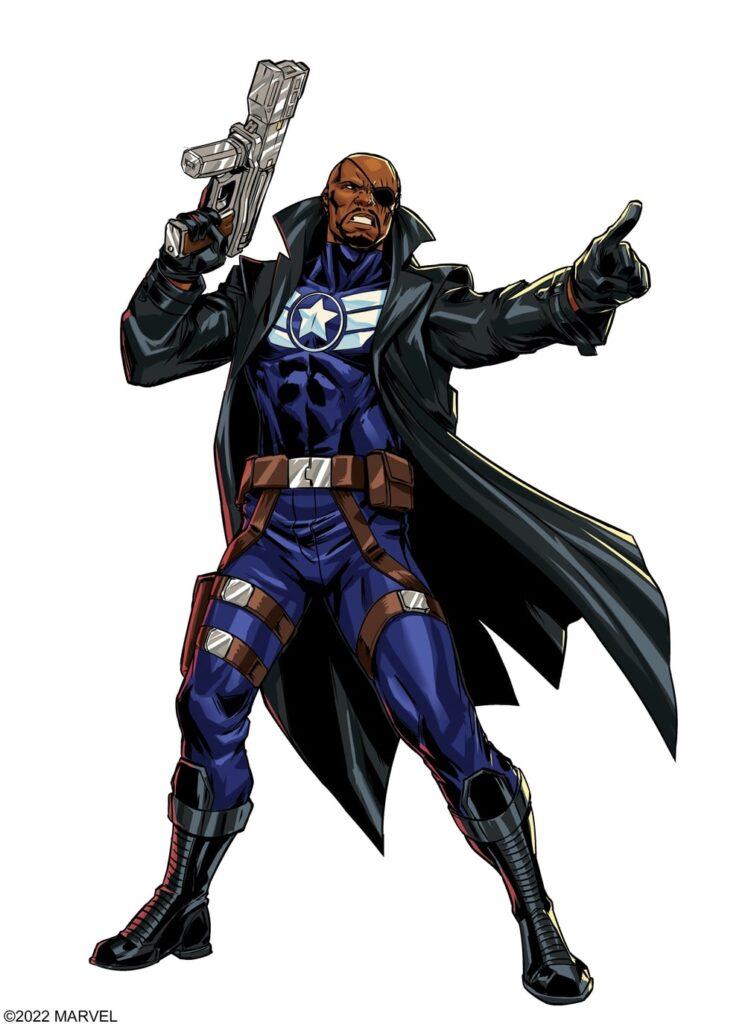
That’s all for our first look at this Man of Fury and the Agents he commands in the field. Be sure to check back for yet another installment of From Panel to Play, the series where we give you your first look at how your favorite characters transition to the tabletop in Marvel: Crisis Protocol. Pre-order your own copy of the Nick Fury, Jr. & S.H.I.E.L.D. Agents Character Pack at your local game store or through our webstore today. Until then, Atomic Mass Transmissions, signing off!
